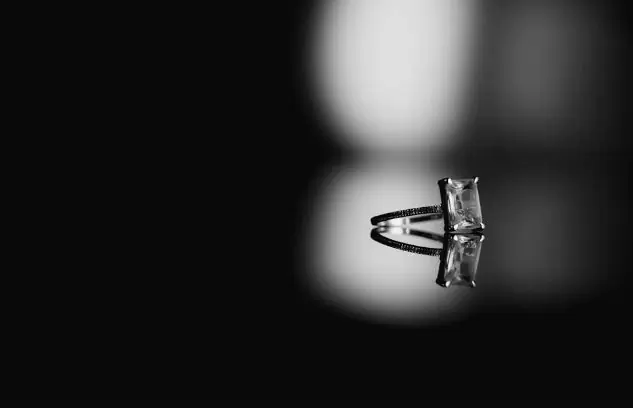How To Throw A Knife
A knife is a basic tool with a sharp blade that can be used for cutting, slicing, and slashing. The earliest knives were made of stone, bone, or wood and used to hunt and prepare food. Today, knives are made of materials like stainless steel or ceramic and come in many different shapes and sizes.
One unique use for a knife is throwing it as a sport or skill. Throwing knives requires precision and practice to hit the target accurately. There are different techniques for throwing depending on the type of knife being used, but most involve holding the blade by its handle with a firm grip before releasing it towards the target.
When learning how to throw a knife, finding an appropriate location where no one can get hurt is important. Beginners should start with short distances before increasing the range as they improve their skills. Overall, using a knife in everyday life or for sports requires proper handling to avoid accidents and ensure optimal performance.
How to sharpen knives
The first step is choosing the right sharpening tool – various sharpeners are available in the market, including whetstones, ceramic rods, and electric sharpeners.
Once you have selected a suitable sharpener, it’s time to start honing your knife. Begin by positioning the blade at a 20-degree angle against the sharpener’s coarsest grit. Ensure this angle is maintained throughout the process; otherwise, your knife will have uneven edges. After a few strokes on one side of the blade, flip over and repeat on the other side.
If you’re using a whetstone or ceramic rod to sharpen your knife, add water or oil before starting. It helps keep both tools clean while giving them enough lubrication for effective performance. Lastly, be careful not to cut yourself accidentally while sharpening – always keep your fingers away from sharp blades!
How to throw a tomahawk
Throwing a tomahawk requires skill, practice, and patience. The first step is to find the right tomahawk for you. A good tomahawk should be well-balanced with a sharp edge.
Once you have found your ideal tomahawk, it’s time to start practising your grip and stance. Grip the tomahawk handle firmly with both hands, keeping your thumbs on top of the handle. Your feet should be shoulder-width apart, one foot slightly ahead.
As you prepare to throw, focus on your target and take a deep breath. Bring the tomahawk back over your head with both hands while shifting your weight onto your back foot. As you shift forward onto your front foot, slowly release the tomahawk towards the target. With practice and patience, you’ll soon be hitting bullseyes like a pro!
What are the steps for throwing a knife accurately?
The first step for accurately throwing a knife is choosing the right type. It’s important to select a knife that has a balanced weight distribution and fits comfortably in your hand.
The second step is determining the distance between you and your target. It will help you know how much force you must apply when releasing the knife. Next, hold the knife handle with your dominant hand while placing your other hand on it.
Then, take three steps back from your target before starting to throw. When ready, raise your arm above your head with the knife blade pointing towards your target. Aim at your target and release the knife as smoothly as possible.
Finally, repeat this process until you can consistently hit your target accurately. It’s important to note that practice makes perfect when throwing knives correctly; patience and persistence are key to mastering this skill.
Throwing a Knife: Basic Principles
First and foremost, grip the handle firmly with your dominant hand. Your grip will determine how the blade will rotate in the air. Use a forward grip if you want the blade to spin once or an overhand grip for multiple rotations.
Next, choose your stance wisely and ensure you have enough room to move your throwing arm without hitting anything. Your feet should be shoulder-width apart, with one foot slightly ahead of the other for balance.
When it’s time to throw, aim for the target’s center of gravity and throw smoothly from your shoulder. Avoid jerking your arm, as this can cause inaccurate throws or injury.
Remember these basic principles when practising throwing a knife to develop proper technique and become proficient.
Choosing the Right Knife for the Job
The best throwing knives are typically around 12 inches long and weigh 8-10 ounces. Knives made specifically for throwing will have a balanced weight distribution, making them easier to throw accurately.
Additionally, you’ll want to look for knives made from durable materials like high-carbon steel or stainless steel. When repeatedly thrown into targets, these materials are less likely to break or damage.
Ultimately, the right knife for you will depend on your experience level, personal preference, and what you plan on using the knife for. Whether you’re a beginner or an experienced thrower, choosing the right knife can make all the difference in your performance and safety while practising this exciting hobby.
FAQs
Is throwing knives dangerous?
Yes, it can be dangerous if proper safety measures are not followed. You should always have a clear target and backstop to avoid injuring anyone or causing property damage. Additionally, use only high-quality throwing knives specifically designed for this purpose.
Can I throw any knives?
No, you should only use knives specifically designed for throwing. These knives are balanced differently than regular knives and have a thicker blades to withstand the impact of hitting the target repeatedly.
How do I grip the knife?
The best way to grip a throwing knife is with your index finger wrapped around the handle and your thumb on top. Your other fingers can either rest on the handle or curl slightly inward. Experiment with different grips to find what works best for you.
Throwing knives can be a fun and challenging hobby when done safely and responsibly. Always follow proper safety measures and use appropriate equipment to avoid injury or damage. Happy throwing!










